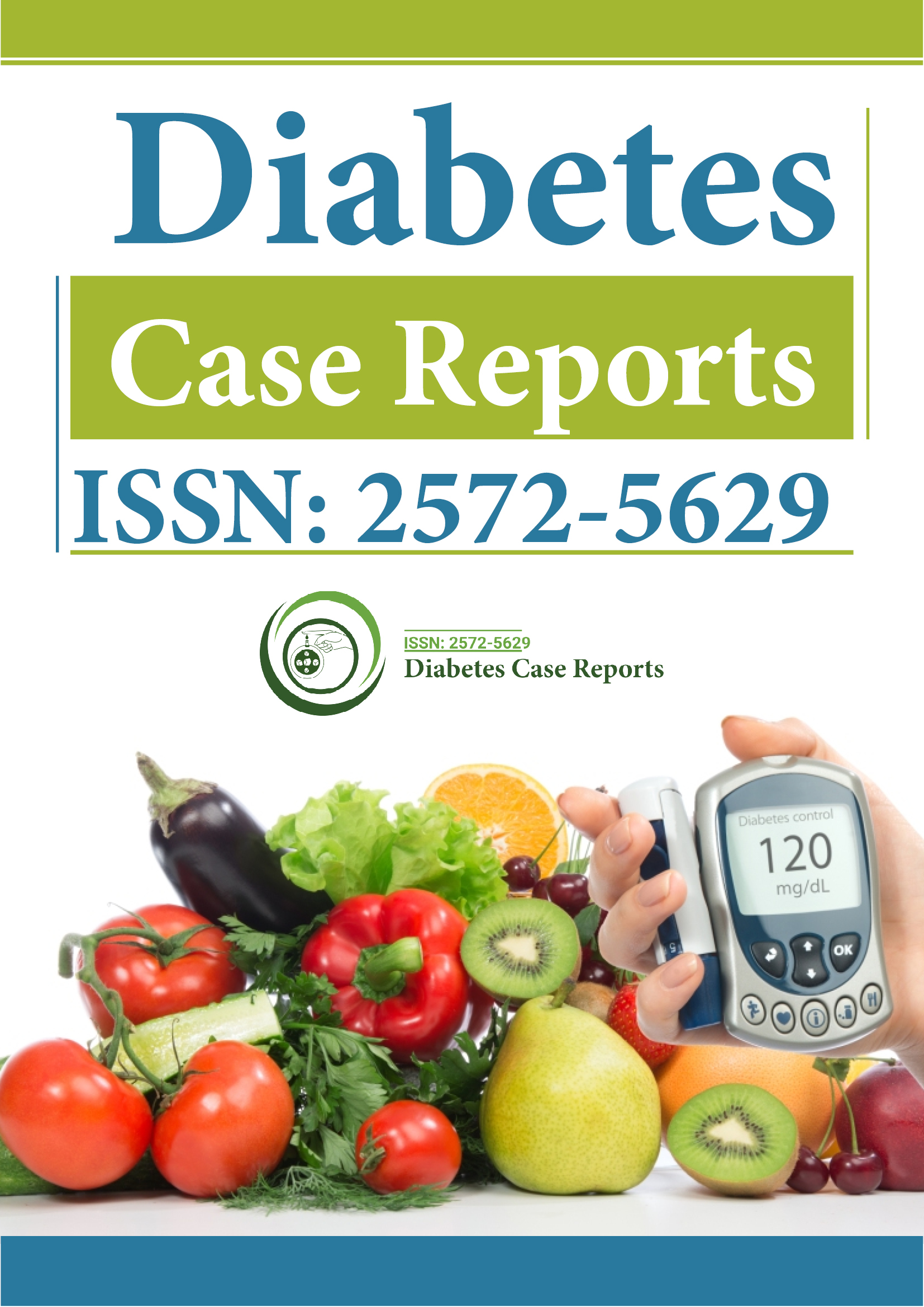Indexed In
- RefSeek
- Hamdard University
- EBSCO A-Z
- Euro Pub
- Google Scholar
Useful Links
Share This Page
Journal Flyer

Open Access Journals
- Agri and Aquaculture
- Biochemistry
- Bioinformatics & Systems Biology
- Business & Management
- Chemistry
- Clinical Sciences
- Engineering
- Food & Nutrition
- General Science
- Genetics & Molecular Biology
- Immunology & Microbiology
- Medical Sciences
- Neuroscience & Psychology
- Nursing & Health Care
- Pharmaceutical Sciences
New Insights into the Etiological Diagnosis of Diabetes: The Consequences for Physicians
22nd Global Conference on Diabetes, Endocrinology and Primary Healthcare
May 30-31, 2024 | Amsterdam, Netherlands
Husham BAYAZED , MBChB, MCS, PhD, Consultant of Immunology, Kurdistan Region -Iraq
Scientific Tracks Abstracts: J Psychiatry
Abstract:
The impacts of defining the etiological diagnosis of diabetes carry many practical consequences for the better care of patients. However, a wide heterogeneity in the phenotypes of all diabetes subtypes has been reported and contributes to frequent misdiagnoses and challenges for physicians. This presentation will shed light on the dilemma in the etiological diagnosis of different phenotypes of diabetes. Recent studies and research affirm that both T1D and T2D phenotypes are not homogenous groups, and subtyping diabetes may improve the diagnosis, prognosis, and treatment options of diabetic patients. Indeed, the T1D phenotype is heterogeneous, and the typical phenotype of profound insulin deficiency with diabetic ketoacidosis (DKA) is restricted to only a minority of cases. Latent Autoimmune Diabetes in Adults (LADA) represents another T1D subtype in which patients clinical presentations suggest T2D and are autoantibody positive (anti-GAD antibodies).Autoimmunity was incriminated in one cluster named severe autoimmune diabetes (SAID) and others in non-autoimmune categories (SIDD, SIRD, MOD, and MARD) with overt overlap in clinical and biological criteria and even with different risks of complications (e.g., retinopathy or neuropathy vs. nephropathy) and variations in genetic markers. Strikingly, the incidence of T2D is increasing among obese adolescents (15–19 years), which represents another misdiagnosis dilemma. In Conclusion, during last few years, many studies have highlighted that the diagnosis of typical forms of T1D and T2D is historical and confining. Clinical and biological traits reveal a large heterogeneity in the phenotypes of each of the T1D and T2D types. Significant overlaps do exist in their phenotypes, which may be associated with distinct genetic and etiopathology backgrounds, with different rates of progression, risks of complications, and finally, their responses to treatment options.
